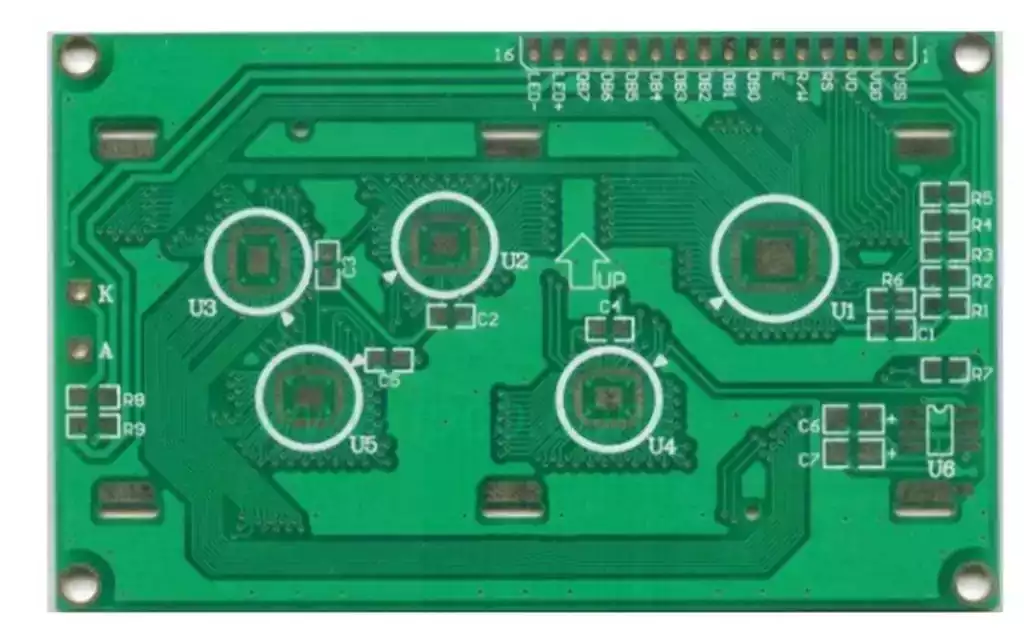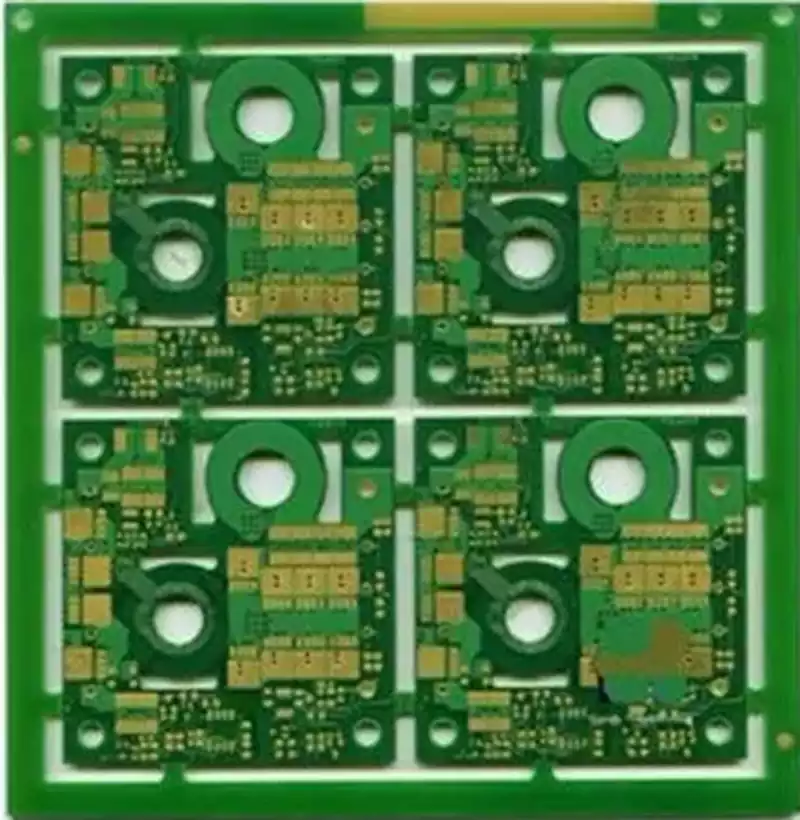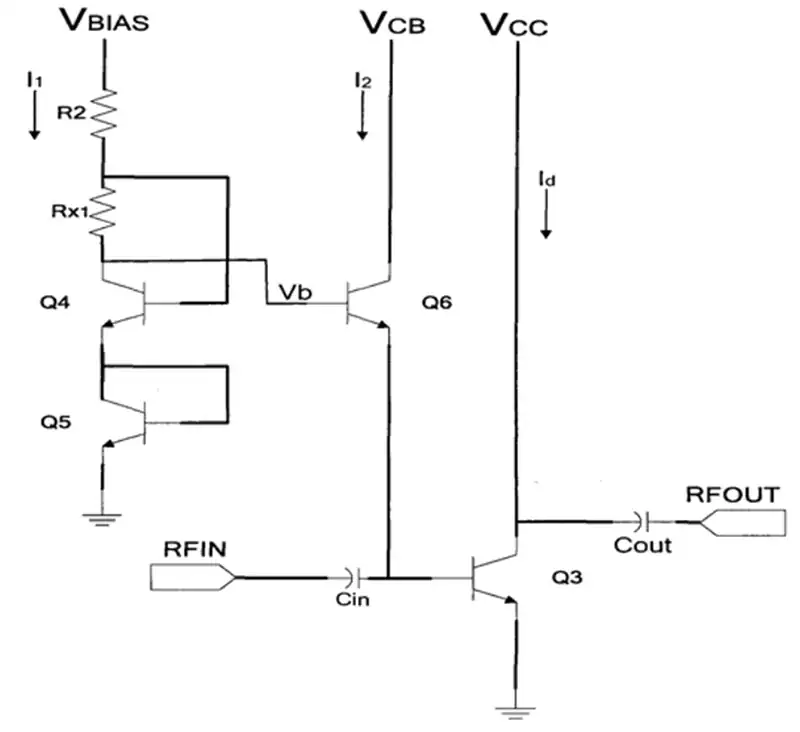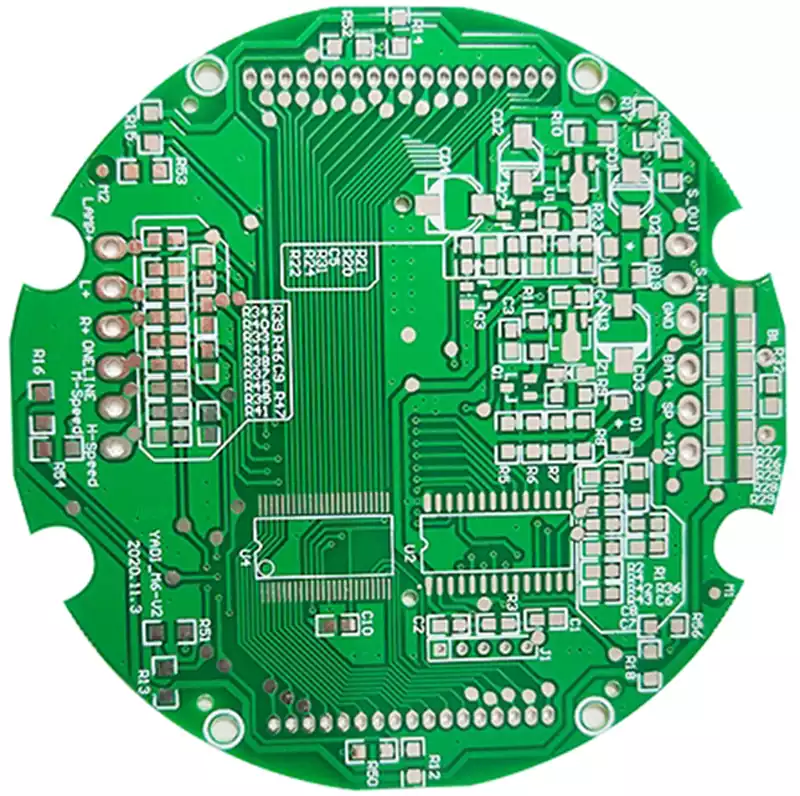Arcade PCB is printed circuit boards specifically designed for use in arcade game machines and are responsible for connecting and controlling the various electronic components of the game. These boards are usually made of high-quality materials to ensure their stability and reliability under intense and prolonged operation.They not only carry the game program, but also connect different controllers, screens and sound systems through circuits to ensure smooth and precise game operation.
An arcade PCB usually consists of the following main parts:
Substrate
The substrate is the base material of the PCB and is usually made of glass fiber reinforced epoxy resin. It provides the mechanical support for the board and provides insulation and support for other electrical components.
Conductive Layer
The conductive layer on a PCB consists mainly of copper foils that are etched into circuit patterns for connecting electronic components.The design of the conductive layer depends on the requirements of the circuit and determines how the individual components are electrically connected.
Insulating Layer
The insulating layer is the material that covers the conductive layer and is used to prevent short circuits between different conductive layers or components.Its thickness and properties affect the electrical performance and safety of the circuit.
Solder Pad
Solder pads are metal areas on a PCB used for soldering pcb components.Their shape and size will be designed according to the pinout of the component being soldered to ensure a solid connection.
Power Management Components
Power management components, including inductors,capacitors,and voltage regulator chips,are usually integrated on arcade PCB to ensure stable power supply and reduce noise.
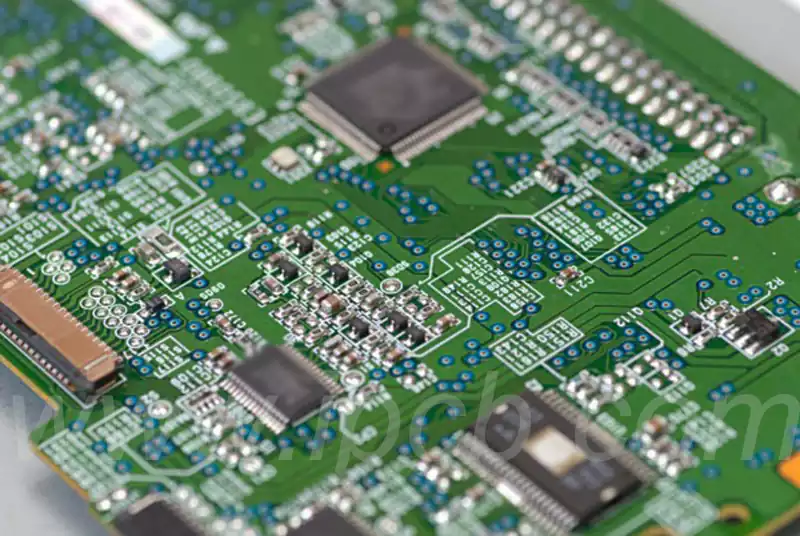
The working principle of the arcade PCB:
Current Path
When the game starts, the power supply transfers current through the conductive layers of the PCB to the individual electronic components. The current propagates through the conductive layer in accordance with a pre-designed circuit path, enabling effective electrical connections to be formed between the various components.
Signal Processing
The microprocessor or other control chip inside the arcade PCB receives signals from input devices (e.g. joysticks, buttons) and processes these signals according to preset logic. The processed signals then update the display and sound outputs, thus realizing the interactivity of the game.
Data Transmission
In some complex arcade games, data transfer between multiple PCBs is required, which is usually accomplished through specific interfaces (e.g., USB or dedicated buses) to ensure coordinated work between the various game modules .
Key considerations for arcade PCB design
- Component Layout and Signal Integrity
Proper component layout is one of the top priorities in designing arcade PCBs. Designers need to ensure that components are evenly distributed on the PCB to reduce signal interference and crosstalk, while improving signal integrity. Layout should take into account signal flow and electromagnetic compatibility to ensure that the components can work together efficiently. - Material Selection
Choosing the right substrate material is critical to the performance of the PCB.Commonly used materials such as FR4 and polyimide (PI) have good thermal stability and mechanical strength to support high temperature and high density wiring requirements.High quality substrate materials can improve the durability of the PCB and extend the life of the arcade equipment. - Power Management
Power management is an integral part of arcade PCB design.The design needs to consider the stability of the power supply and power supply capacity to meet the needs of high load motor and display unit. Ensure that the power supply design is reasonable can effectively prevent electrical failure,to protect the normal operation of the equipment. - Welding process and connection reliability
The soldering process on the PCB board directly affects the strength of the connection between the components and the board.Lead-free soldering and other modern welding technologies need to be based on the actual application of a reasonable choice to ensure the reliability of the connection. Reliable soldering process can reduce the failure caused by poor connection and improve the overall stability of the product. - Environmental adaptability
Street equipment is often placed in different environmental conditions, so the PCB substrate needs to be rigorously tested to ensure its performance in temperature, humidity, vibration and other extreme conditions. Proper design and material selection can increase its weather resistance and impact resistance. - Cost Effectiveness
On the premise of ensuring performance and reliability, designers also need to consider cost control. Reasonable planning of the design process, the selection of appropriate components and materials can reduce manufacturing costs, thereby increasing the competitiveness of the product market.
Unique features of arcade PCB boards and other types of circuit boards
- Specific purpose
This type of circuit board is customized for arcade gaming devices and is responsible for controlling and connecting multiple electronic components such as controllers, displays, and sound systems. In contrast, other types of circuit boards (e.g., motherboards, consumer electronics PCBs, etc.) are typically designed for a wider range of applications, are compatible with a wide range of hardware and features, and may not have the specialized features and interfaces required for arcade games. - Specialized design
It is usually a more complex multi-layer design to support complex game programs and high intensity current requirements. This design allows for high density component integration, which may not be common in some general purpose PCB designs. In contrast, many general-purpose boards may have only a single or double layer, which does not provide the same level of integration and performance. - Material Selection
High-quality materials such as FR-4 are widely used to ensure stability and reliability under high-intensity and prolonged operation. While other types of boards may also use FR-4 materials, arcade PCB boards are designed with more emphasis on durability and impact resistance to withstand frequent use and potential shocks. - Response Speed and Control
The design pays particular attention to the responsiveness of the game controls, as fast game response is critical to the gaming experience. These boards often provide instant responsiveness for touch-sensitive controllers and joysticks, whereas other types of boards may not be designed with this high level of agility. - Application Areas
Its application is mainly focused on the gaming industry, while other boards are widely used in several fields, such as medical, automotive, and communications. This specialization allows arcade PCBs to be optimized for the needs of a specific game machine without being distracted by other functional requirements.
As an indispensable core component within an arcade game machine, the arcade PCB bears the heavy responsibility of connecting and controlling numerous electronic components. Its unique structural design, high-quality material selection, and specialized functional configurations enable it to provide players with a smooth and agile gaming experience. Through precise current conduction and signal processing, the arcade PCB board not only ensures the interactivity and stability of the game, but also meets the durability under high-intensity operation.
